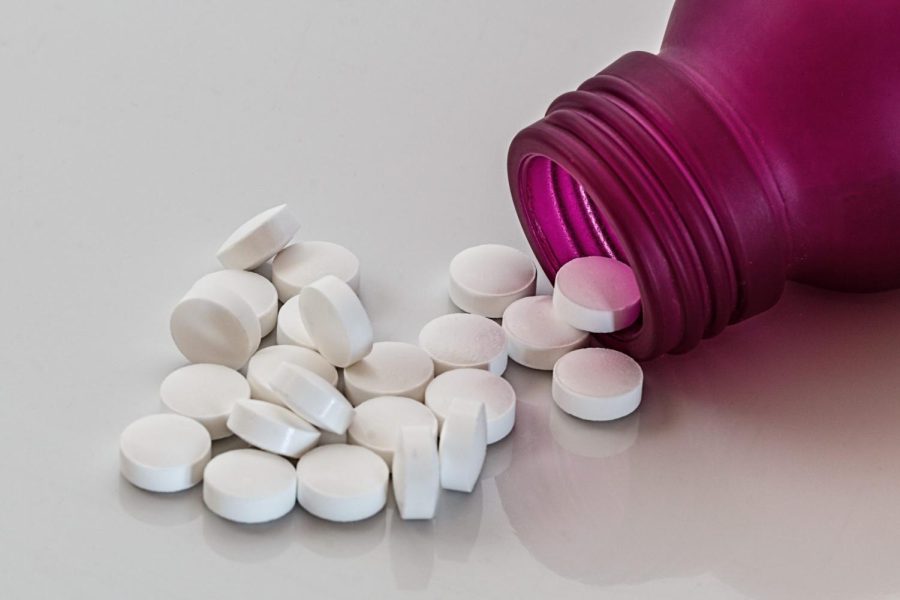Minnesota’s Response to the Opioid Crisis: Successes and Challenges
March 29, 2023
The opioid crisis has been a major public health issue in the United States for over a decade, and Minnesota has not been immune to its devastating effects. Opioid addiction and overdose deaths have been on the rise in the state, prompting a response from policymakers, healthcare providers, and community organizations. While there have been successes in Minnesota’s response to the opioid crisis, there are still significant challenges that must be addressed.
One of the successes of Minnesota’s response to the opioid crisis has been the implementation of a prescription drug monitoring program (PDMP). In 2010, Minnesota became one of the first states to implement a PDMP, which is a statewide electronic database that tracks the prescribing and dispensing of controlled substances. The PDMP helps healthcare providers identify patients who may be at risk of opioid addiction, and it also helps prevent “doctor shopping,” which is when patients visit multiple healthcare providers to obtain multiple prescriptions for opioids.
Another success of Minnesota’s response to the opioid crisis has been the expansion of access to naloxone, which is a medication used to reverse opioid overdoses. In 2014, Minnesota passed a law allowing pharmacists to dispense naloxone without a prescription. In 2015, the state launched a program to provide naloxone to law enforcement officers and first responders, and in 2016, the state launched a program to provide naloxone to community organizations and individuals. These efforts have saved countless lives and helped prevent opioid overdose deaths.
Minnesota has also taken steps to expand access to medication-assisted treatment (MAT), which is a treatment approach that combines medication with counseling and behavioral therapies to treat opioid addiction. In 2015, the state launched a pilot program to expand access to MAT in rural areas, which have been particularly hard hit by the opioid crisis. The program provides funding for healthcare providers to offer MAT to patients in rural areas, and it has been successful in increasing access to this critical treatment.
Despite these successes, there are still significant challenges in Minnesota’s response to the opioid crisis. One of the biggest challenges is the lack of access to addiction treatment. Many people who struggle with opioid addiction are unable to access treatment due to a lack of healthcare providers who are trained to provide addiction treatment or a lack of insurance coverage for addiction treatment. This is especially true in rural areas, where there are fewer healthcare providers and limited resources for addiction treatment.
Another challenge is the stigma surrounding opioid addiction. Many people who struggle with addiction face discrimination and judgment from others, which can make it difficult for them to seek help. Additionally, there is a lack of understanding about the nature of addiction, which can lead to inadequate treatment and support for those who are struggling.
Finally, there is the challenge of the ongoing opioid epidemic. While Minnesota’s response to the crisis has been successful in many ways, the epidemic continues to ravage communities across the state. In 2019, there were over 500 opioid overdose deaths in Minnesota, which was an increase from the previous year. The COVID-19 pandemic has also exacerbated the opioid crisis, as social isolation, economic hardship, and disruptions to healthcare have made it more difficult for people to access treatment and support.
To address these challenges, Minnesota must continue to invest in addiction treatment and prevention. This can be done by increasing funding for addiction treatment programs, expanding access to MAT and other evidence-based treatments, and promoting education and awareness about the nature of addiction. Additionally, policymakers must work to address the root causes of the opioid crisis, such as economic insecurity, social isolation, and trauma.
Minnesota’s response to the opioid crisis has been a mix of successes and challenges. While the state has made progress in expanding access to addiction treatment and naloxone, there is still much work to be done. The ongoing opioid epidemic continues to claim lives and devastate communities across the state, and it is important that Minnesota continues to take action to address this crisis.
One promising approach is the use of harm reduction strategies, which are designed to reduce the negative consequences of drug use without requiring abstinence. Harm reduction strategies include things like providing clean syringes and other injection equipment to people who inject drugs, offering overdose prevention education and training, and creating safe consumption spaces where people can use drugs under medical supervision.
Another important step is to address the underlying social and economic factors that contribute to the opioid crisis. Poverty, unemployment, and lack of access to healthcare are all risk factors for opioid addiction, and addressing these issues can help prevent addiction and support recovery. This requires a comprehensive approach that involves investing in education, job training, and affordable healthcare.
Ultimately, the opioid crisis is a complex and multifaceted issue that requires a coordinated and sustained response. Minnesota’s successes in implementing a PDMP, expanding access to naloxone, and increasing access to MAT are important steps, but there is still much work to be done. By continuing to invest in addiction treatment, prevention, and harm reduction, and by addressing the underlying social and economic factors that contribute to the crisis, Minnesota can make progress in combatting this devastating epidemic.












